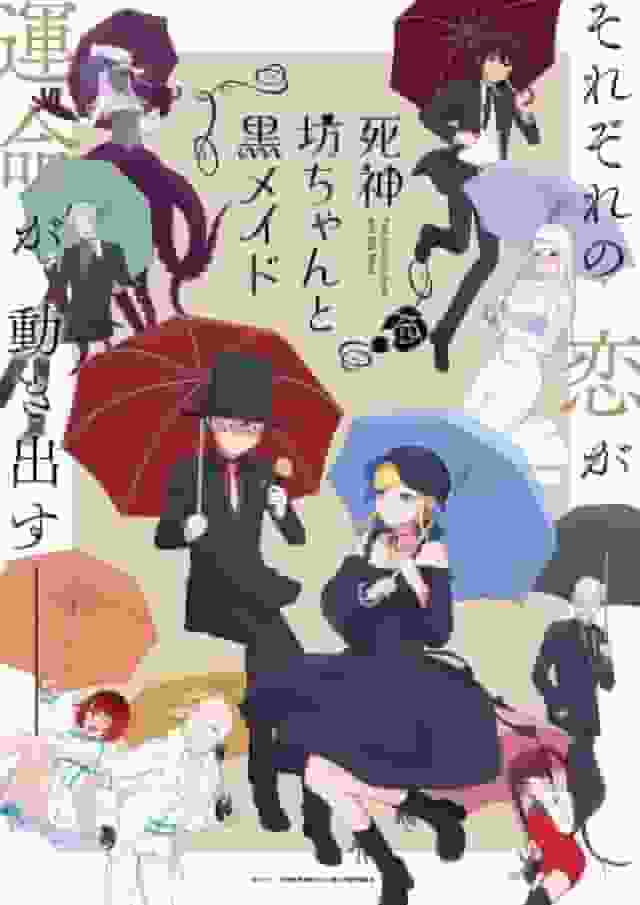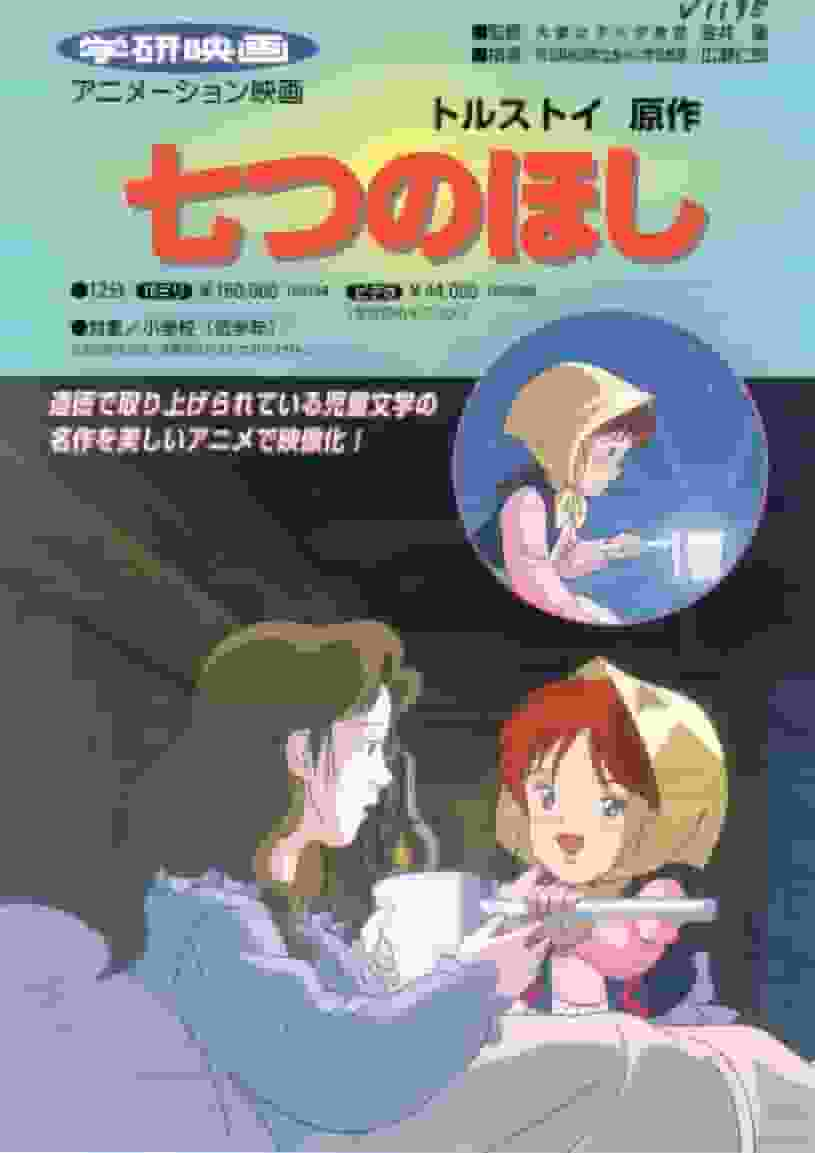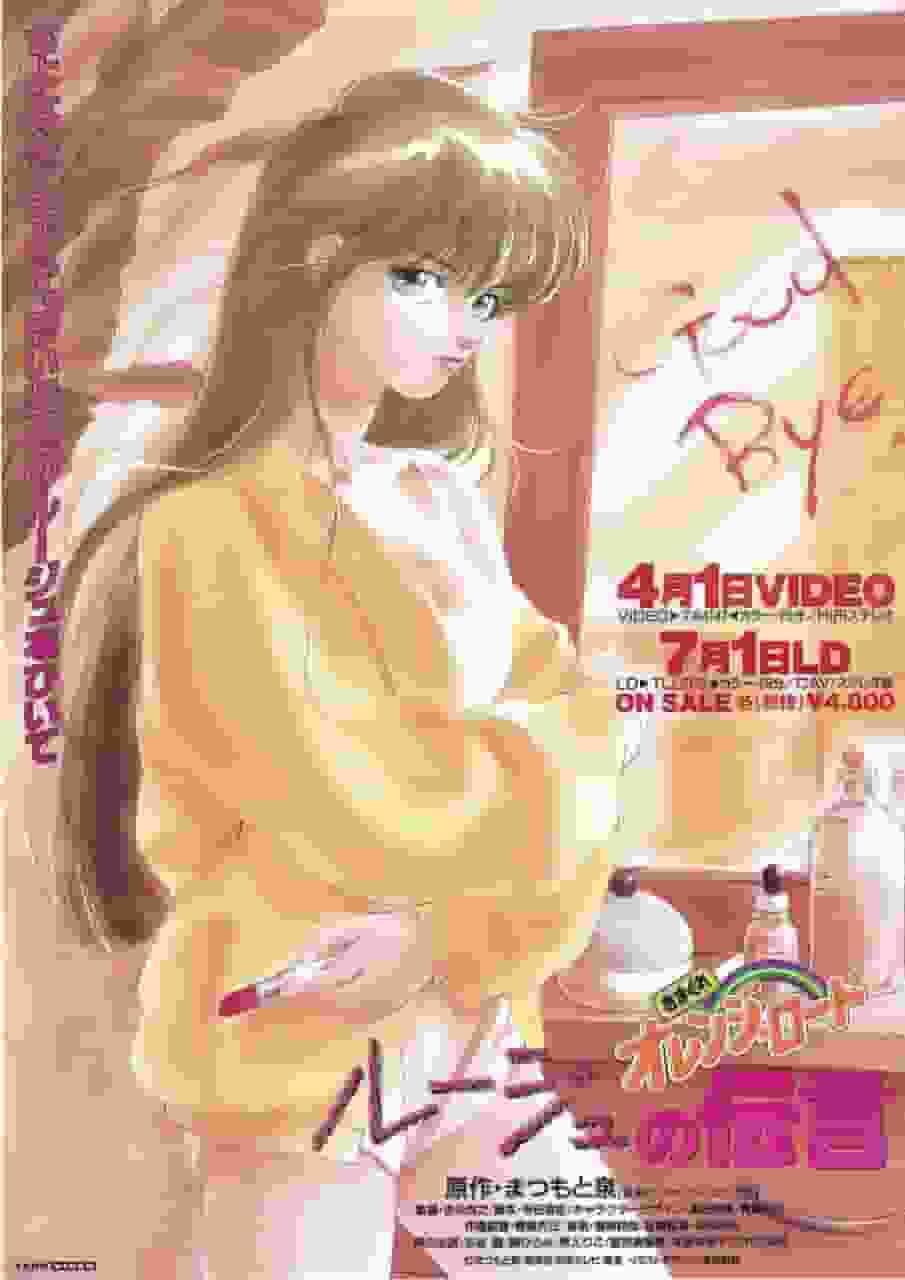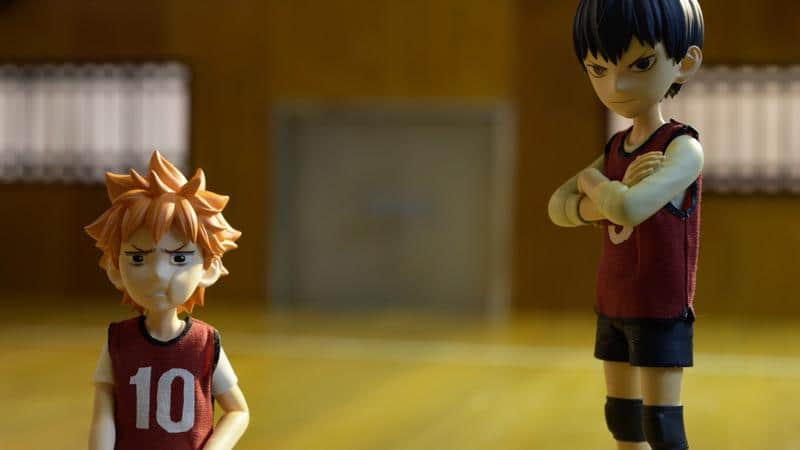Bunpuku Chagama Review: A fascinating story and deep characters

Bunbuku tea kettle■ Public Mediatheater ■ Original MediaAnime Original ■ Release dateJuly 1928 ■Frequencies18 min ■ Number of EpisodesEpisode 1 ■ DirectorManga Bunpuku Tea Kettle ■ ProductionYokohama Cinema Company ■ Story A junk dealer rescues a raccoon dog caught in a trap. The raccoon dog disguised as a tea kettle enters a wastebasket. The junk dealer sells it to the monk of a nearby temple. While the monk is dozing off, some young monks sneak in to eat some sweets, but the raccoon dog in the tea kettle has already eaten them. The surprised monks grab the tea kettle and, after a big commotion, it is returned to the junk dealer. The raccoon dog returns to the junk dealer and performs a tightrope walk in a show to thank the monk for saving it, which is a huge success and sells out the whole venue. Thanks to this, the junk dealer becomes very rich. ■ Main staffOriginal story and screenplay by Chuzo Aoji, illustration by Yasuji Murata, photography by Yukiki Ueno ■Detailed reviewBunbuku Chagama, released in 1928, is one of the most important works in the history of Japanese animation. The film was produced by Yokohama Cinema Company and directed by the manga artist Bunbuku Chagama. It symbolizes the creativity and innovation of the Japanese animation industry at the time, as the medium of release was theatrical and the original work was an anime. The story begins with a unique plot twist: a raccoon dog caught in a trap is rescued by a junk dealer, who disguises himself as a tea kettle and enters a wastebasket. The junk dealer sells the tea kettle to the monk of a nearby temple, and while he is dozing off, some young monks sneak in to steal some sweets, only to find that the raccoon dog has eaten them first. This shock and confusion leads to a commotion that ultimately results in the tea kettle being returned to the junk dealer. As a token of appreciation for being rescued by the junk dealer, the raccoon dog puts on a tightrope walker's show, drawing a packed house and creating a huge success. As a result, the junk dealer becomes very rich, and the story has a happy ending. The appeal of this work lies in its simple, yet humorous and heartwarming story. The idea of a raccoon dog transforming into a tea kettle is based on traditional Japanese folk tales and legends, giving viewers a sense of familiarity and nostalgia. In addition, the themes of friendship and gratitude depicted through the relationship between the junk dealer and the raccoon dog convey universal values. The main staff of this work are also noteworthy in many ways. Chuzo Aochi, who was in charge of the original story and screenplay, played an important role in the Japanese animation industry at the time, and his creativity and talent contributed greatly to this work. Yasuji Murata, who was in charge of the drawings, supported the visual aspects of the work with his technical ability and artistry. Furthermore, the technical contributions of Yukikiyo Ueno, who was in charge of photography, should not be overlooked. Thanks to the cooperation of these staff members, Bunbuku Chagama is evaluated as a highly complete work. ■ Historical BackgroundThe year 1928 was a time when the Japanese animation industry was still in its infancy. Animation works of this time had many technical constraints, and stories and methods of expression were limited. However, "Bunbuku Chagama" managed to attract viewers with its unique story and characters. This work is said to have had a major impact on the Japanese animation industry in the future, and inspired many creators. The 1920s, when this work was released, was a time when Japan was transitioning from the Taisho to the Showa eras, and was a time of great social and cultural change. In this historical context, "Bunbuku Chagama" played an important role as entertainment, providing viewers with a temporary sense of relief and joy. ■ Technical evaluationTechnically, "Bunbuku Chagama" is a work that pursues the maximum expression within the limitations of Japanese animation technology at the time. In particular, the scene in which the raccoon dog transforms into a tea kettle and the scene in which the character performs a tightrope walker are visually striking, with the skillful combination of drawing and filming techniques. The editing techniques used to effectively develop the story in the short 18-minute length of the film have also been praised. Furthermore, this is a silent film, and the story needed to be told entirely visually, without music or sound effects. Therefore, visual elements such as the characters' expressions and movements, and the depiction of the backgrounds, were extremely important. Within these constraints, "Bunbuku Chagama" maximized the power of visual expression and succeeded in leaving a strong impression on the viewer. Cultural influences"Bunbuku Chagama" is one of the works that has had a major impact on Japanese animation culture. Through a story based on traditional Japanese folk tales and legends, this work has succeeded in conveying Japanese culture and values to its audiences. In addition, its humorous and heartwarming story has brought smiles and emotions to its viewers, and it has been loved by many people. Furthermore, this work had a great influence on later Japanese animation works. In particular, it is said that works with raccoon dogs or animals as the main characters and humorous stories were influenced by this work. In addition, the style that emphasizes visual expressiveness was also inherited by the later Japanese animation industry. ■ Recommendations and ratings"Bunbuku Chagama" is a very important work in the history of Japanese animation, and is highly regarded as entertainment that brings smiles and emotions to viewers. The work succeeds in conveying Japanese culture and values to viewers through a story based on traditional Japanese folk tales and legends and humorous, heartwarming characters. Furthermore, while showing the technical limitations of the time, it is a work that pursued the maximum expression within those limitations, and has been praised for its visual expressiveness. The reasons why I recommend this work are as follows:
"Bunbuku Chagama" is a work that continues to be loved by many people as entertainment that brings smiles and excitement to viewers. By watching this work, you can gain a deeper understanding of the history and culture of Japanese animation, and also enjoy the beauty of its visual expressiveness. Please watch this work and feel its charm. |
<<: Son Goku's charm and fighting power: A thorough evaluation of the main character of Dragon Ball
Recommend
Masato Sakai's classic Japanese drama "Law First" will be back online at B station tomorrow at noon
The first and second seasons of Masato Sakai'...
Review of "Umihiko Yamahiko": A fascinating story and character depth
"Umihiko Yamahiko" - An unforgettable n...
Musk responds to Blade Runner's lawsuit: This movie sucks
Recently, Alcon Entertainment, the production com...
What a perfect restoration! "Merlin" from "Kingsman" will join "Shazam"
According to foreign media reports, Mark Strong, ...
Star Trek 4 is coming? Paramount is in final talks with director
According to DeadLine's exclusive report, Par...
"Mulan" Super Bowl final trailer: exciting fighting style flying over eaves and walls
Today (February 3), Disney released the final tra...
A big success at the box office and in the public eye! 20 behind-the-scenes highlights of Frozen 2
Disney's new animation "Frozen 2" w...
The 12 episodes of the animation OP of "JOJO's Bizarre Adventure: Stone Ocean" will be broadcast on December 1st
The opening credits of the animation "JoJo&#...
"April in the Daffodil Moon" review: A moving story and beautiful visuals
"April in the Daffodil Moon" - A moving...
The movie "Sonic the Hedgehog" will be withdrawn from the mainland. The specific release date will be announced at a later date
Today (February 24), Paramount Pictures announced...
The appeal and reviews of Sasami☆Magical Girl Club: Tenchi Muyo! and the world of Pretty Sammy
Sasami Magical Girl Club: A tale of magic and fri...
IGN reviews the top 10 DCEU movie heroes: The old man is only second
Recently, the editor of IGN conducted a selection...
A thorough analysis of the moving live scenes and storyline from the movie "PriPara & Kiratto Pri☆Chan"!
PriPara & Kiratto Pri☆Chan the Movie: Kirakir...
The new chapter of "Detective Conan Police Academy" is serialized and a special trailer is released
The highly anticipated new chapter of the series ...
The Witcher graphic novel The Witcher: Curse of the Raven will be introduced in China and will tell the story after The Witcher 3
The official graphic novel of The Witcher game se...









